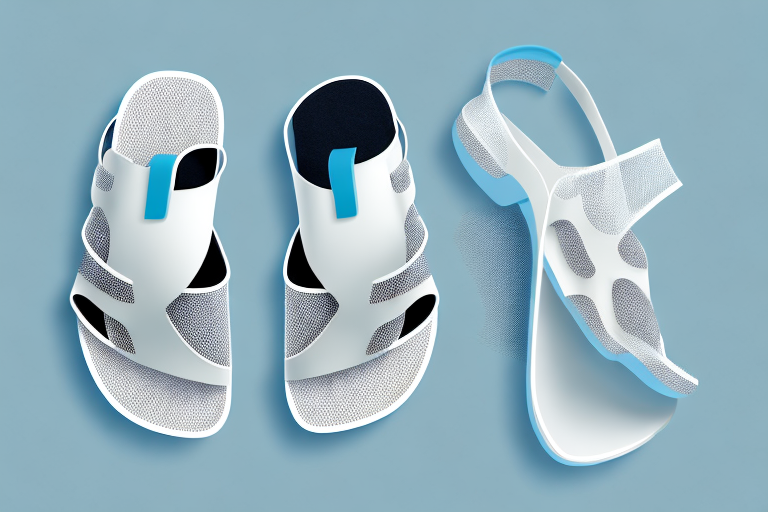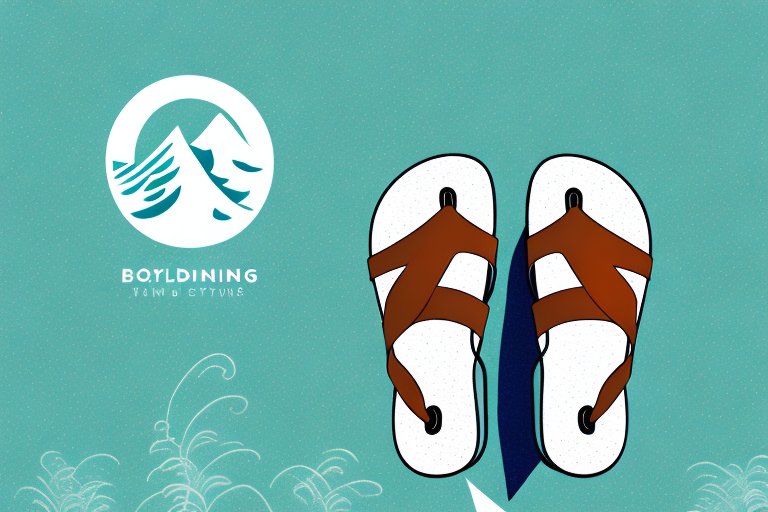When it comes to tackling summer festivities and outdoor adventures, reliable sandals are an essential item for any wardrobe. But which type of sandal is best when it comes to its ability to keep water from seeping in? Here, we compare water-resistant sandals and water-repellent sandals, exploring the key differences between the two and offering guidance on the most suitable choice for your needs.
Understanding the Differences Between Water-Resistant and Water-Repellent Sandals
Water-resistant sandals are made from fabrics that are treated with coatings or finishes that make them less prone to soaking up water and liquids in comparison to regular fabric. This means they may resist or resist a bit of light rain, or damp ground, but won’t keep your feet dry if exposed to heavy rains or water-based activities like swimming. Water-repellent sandals, on the other hand, feature a coating designed to actively repel water in a more effective way than water-resistant sandals. This type of sandal is a better choice for more extreme conditions such as wading through rivers.
Benefits of Choosing Water-Resistant Sandals
Water-resistant sandals offer several compelling benefits. They remain comfortable to wear, as they don’t have to be made with thick, stiff material to be effective against moisture. They also provide a stylish look that may be hard to find in waterproof options. Finally, water-resistant sandals come in an array of colors and designs, including sporty styles that are perfect for activewear.
Advantages of Water-Repellent Sandals
Water-repellent sandals come in handy when you’re exposed to more severe weather. While these sandals are made from tough material and often have thick soles to ensure dry feet, they remain lightweight, practical and comfortable. Additionally, many models of water-repellent sandals offer added ankle support, making them a great choice for activities when you need to keep your feet dry and secure at the same time.
Care and Maintenance for Water-Resistant and Water-Repellent Sandals
To guarantee the best performance from both types of sandals, it’s important to take proper care of them. The first step is to check the manufacturer’s instructions as some water resistance or repellency will wear off over time. Regularly rinsing your water-resistant or water-repellent sandals in clean water can help preserve the treatment and avoid build-up of debris and dirt. Also, avoid detergents, as they could damage the waterproofing finish.
Factors to Consider When Choosing the Right Sandal
When it comes to selecting the right sandal, there are a few factors you should take into consideration. Type and duration of activity, durability, breathability and price. For example, if you’re planning on doing an active water activity where your feet are likely to be submerged for a long period of time, you may want to opt for water-repellent sandals as they are more suitable in that situation. Breathability is also an important factor so your feet stay cool, dry and comfortable. Finally, price should be factored in too—waterproof sandals can be quite costly compared to regular sandals.
Tips for Selecting Durable, Waterproof Sandals
When shopping for durable, waterproof sandals, make sure to check out details such as the type of soles used and stitching quality. Also look at the fit—your sandal should fit snugly without being too tight or uncomfortable, while allowing your foot to breathe properly. When trying on your sandal, make sure to walk around a bit to see how it feels on your foot.
Popular Brands of Water-Proof Sandals
Some popular brands offer waterproof sandals that are designed to keep your feet dry and comfortable regardless of your adventure. Outdoor clothing maker Patagonia has long been known for producing a variety of waterproof footwear for all types of activities. Teva is another popular hub for waterproof sandals that are as stylish as they are dependable. KEEN Footwear creates comfortable and versatile footwear with unbeatable protection against adverse conditions. Other go-to names include Columbia Sportswear and Reebok.
Finding the Right Fit for Your Foot
Getting the right fit for your foot is essential in ensuring comfortable wearability. Start by taking exact measurements of both feet with a tape measure or ruler. Always make sure to measure from the longest point on each calve bone before selecting a size. Additionally, look at the arch support of the sole and make sure it provides sufficient support without too much pressure.
Alternatives to Waterproof Sandals
If none of the above options works for you, there are other alternatives available such as sport socks that are designed to keep your feet dry while providing cushioning. Another popular choice is rubber booties, which provide waterproofing while allowing your feet to breathe. Lastly, neoprene shoes are great for keeping your feet dry while offering the added benefit of warmth.
When it comes to tackling summer activities and outdoor adventures with dry feet, choosing either water-resistant or water-repellent sandals offers an effective solution that suits various styles and lifestyles. Be sure you take into account all factors necessary for choosing the best pair for you so you can enjoy your adventures worry-free.



